If you’re missing some color and spice from your kitchen, the solution is neither complicated, nor out of reach. With a bit of research, you’ll find real gems in Hungarian delis, which will not only look good on your shelf, but also put meals in a different dimension. The cherry on top is that it’s not even a luxury—in today’s selection, everything costs about HUF 2-3,000.
Food design is an exceptionally broad term, it’s hard to define, even if I’ve been working with it for years. We like to apply Dr. Francesca Zampollo’s terminology, which says that food design isn’t a separate design category, but a diverse area that connects food and eating to other areas, such as visual arts, biology, psychology, sociology, nutrition, industrial design, environmental protection, etc. We generally differentiate branches to help better understanding, including Design for Food, which means package design or designing materials for food preparation, or Eating Design, which shapes a dining situation and interaction. It’s important to distinguish between food design and food styling; the former looks at food conceptually, as a tool, and seeks/uses its deeper layers of meaning, while the latter appeals to the visual.
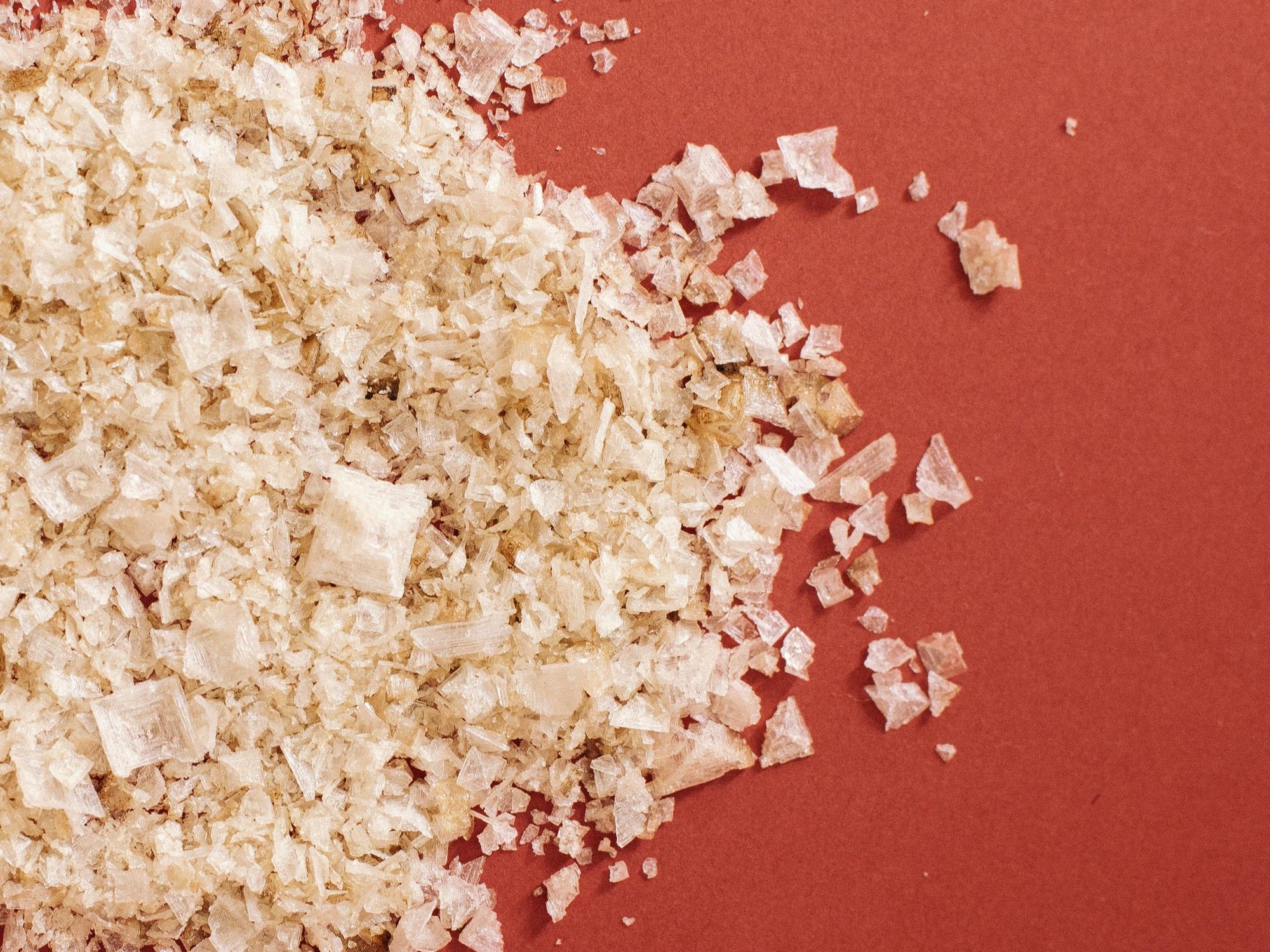
Of course, it’s exciting to witness when appearances meet quality content, as experiences show that we’re more likely to have confidence in anything that has appealing packaging. We might think this is only true for luxury goods, but we’d be wrong, as gourmet stores offer many affordable, long-lasting items that give a twist to our food while being a gem of our kitchen.
Acquerello rice
In many countries of the world, rice counts as a basic food. It has many types from Basmati to Jasmine rice and hybrid wild rice, and since it grows in large quantities, many cuisines like to use it, such as Oriental or South Asian ones. It’s been popular in Hungarian cuisine for a long time (only a few know that Valoryz grows it, as well, in the Great Plain); think of the traditional canteen food featuring rice and peas, rice pudding or even pork stew. Another great advantage is that it’s gluten-free and has a high resistant starch content when cooled, so it’s also very nutritious.
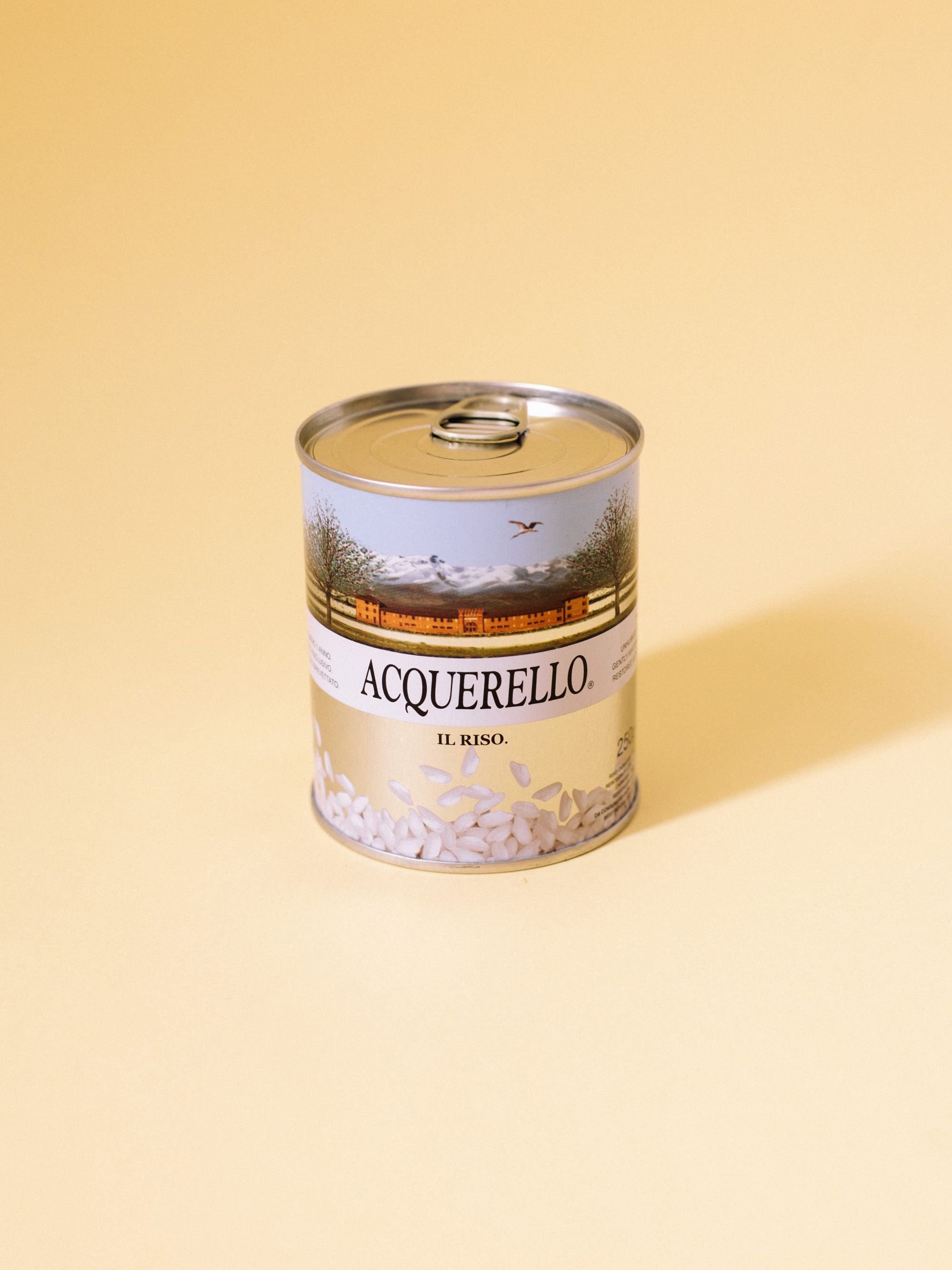
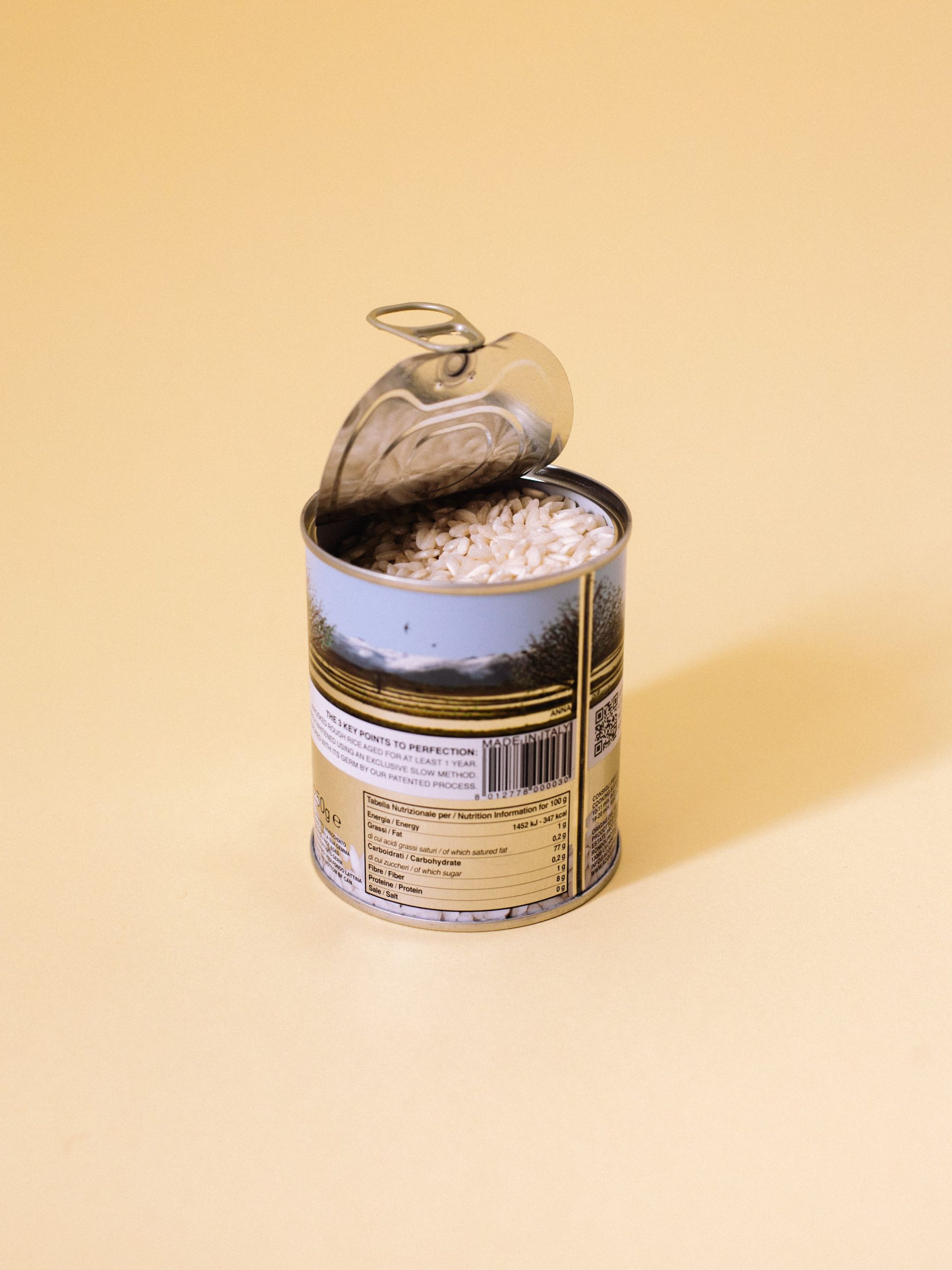
When we hear the term ‘risotto,’ we often think of Arborio, but as Giuseppe Scaricamazza pointed out, there’s something better. Acquerello “A” Carnaroli is a special fine rice from Piemonte, grown by the Rondolino family in the Tenuta Torrone della Colombara farm. Its special feature is that after harvesting, it undergoes a process called aging, whereby it’s enriched (fermented) with its own germ. This improves its taste and nutritional value. Even the packaging is premium quality, as it is packaged in individual vacuum-sealed enamel containers at the end of the process. It’s a favorite in fine dining gastronomy, with the famous Alain Ducasse once calling it “the Rolls Royce of rice.”
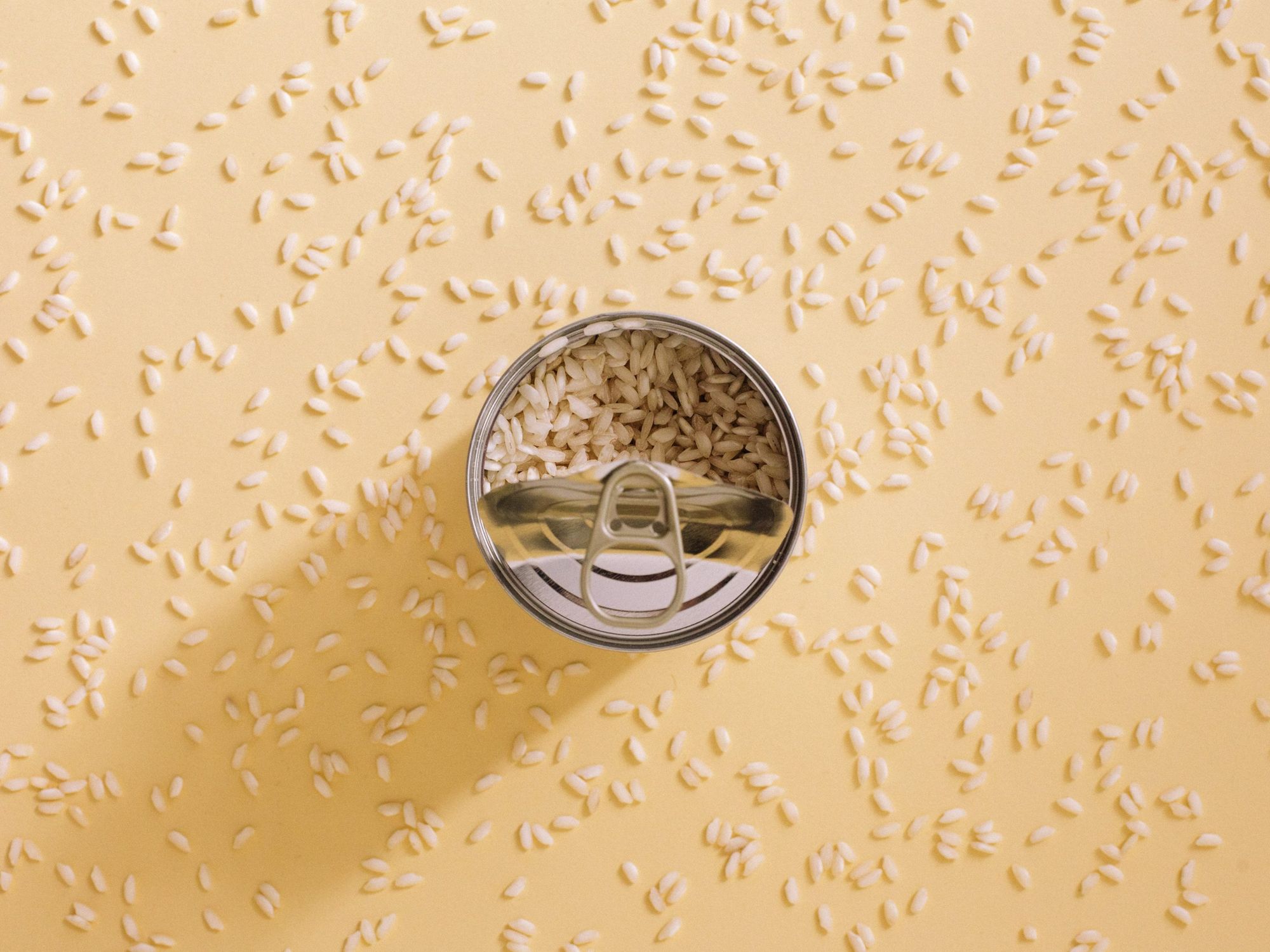
The grains are not sticky but consistent, as they have a high starch content, making them the perfect base for a classic risotto. Cooked plain, they don’t show as much character, but they make a very good base for rice pudding. Giuseppe has even thought of supporting more timid cooks, so he includes a small guide to perfect preparation with the product, which is also available online.
Where to find it: Buono
Maldon smoked sea salt
Hungarians love salty food, sometimes even too much, but there’s a type of salt that requires a whole different application. One of the most famous is Maldon sea salt flakes, whose curiosity is that they’re fully hand-made in England by the Osborne family. The family business was started in 1882, but the method is centuries old: by evaporating the water, they were able to extract pyramid-shaped salt crystals which, when drained and dried, can be used in a variety of ways. It’s practically known all around the world, used as a delicate garnish in some of the world’s most famous restaurants, and its packaging is recognizable from miles away.
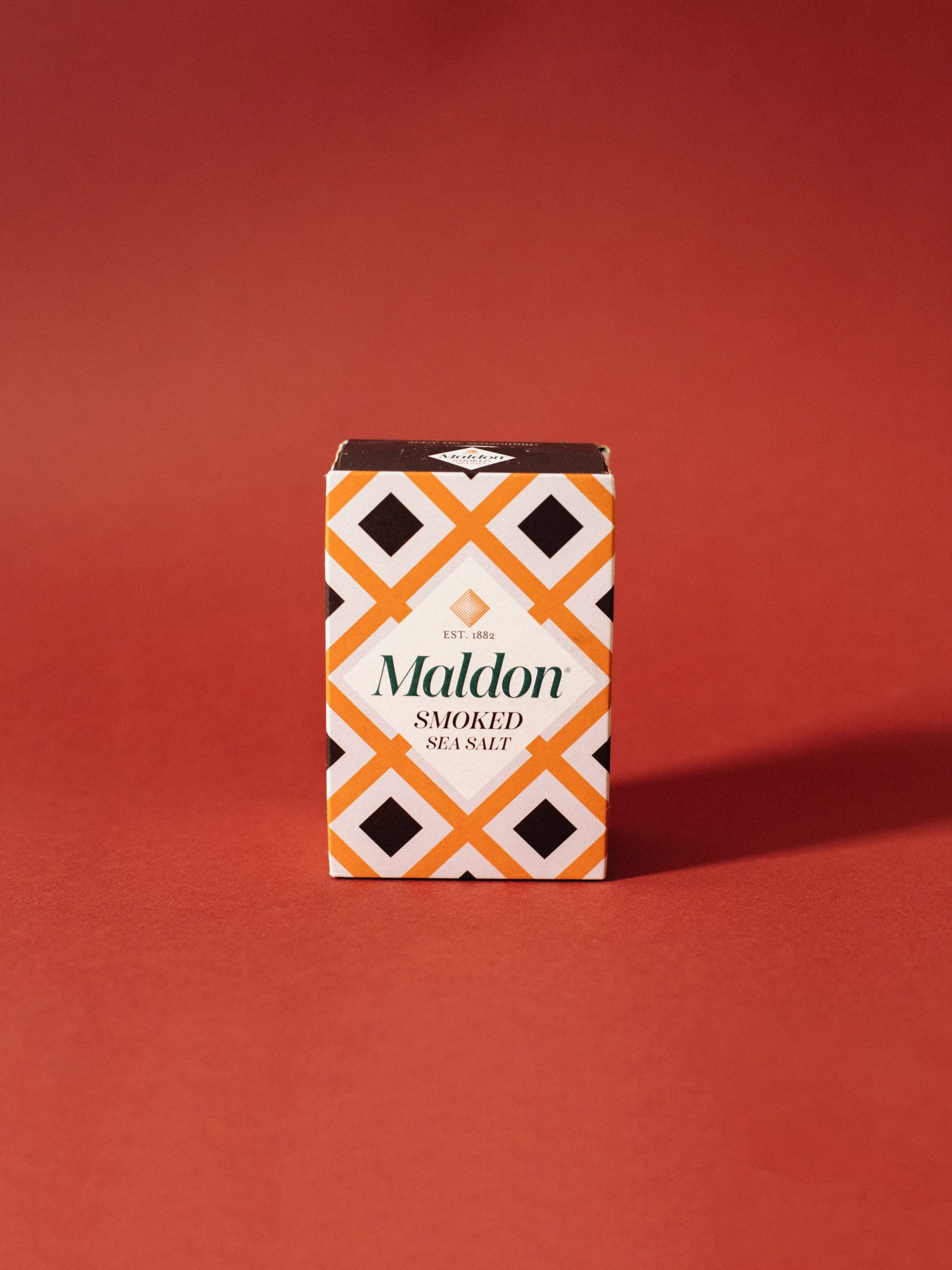

It has a plain variety, but in this case, it’s smoked with oak, giving it a sweeter, spicier taste. The most thrilling feature is the sensation when bitten, so it’s best used in the final phase of cooking, in the serving. You can sprinkle it on long roasted root vegetables or fresh fish, but it’s also great on a chocolate mousse or brownie. It’s important to note that it will melt if exposed to steam or other moisture, so it loses its essence when heated—don’t add it to soup.
Where to find it: Culinaris
Balsamic fig jam
There’s a saying in Hungarian cuisine: ripe fruit can be used for two things: pálinka or jam. Perhaps fewer people are experienced in pálinka distillery, but it doesn’t take much to make a few jars of jam, and in return you can enjoy the benefits of summer and autumn all winter long. But beyond the classic versions, it’s also worth exploring the world of chutneys, a preparation originally from India that is made by chopping and mixing various vegetables and spices, either fresh or kept for a few days. What we know as chutney is a remnant of Anglo-Indian cuisine, with recipes adopted from colonial times and reinterpreted by the British, who added sugar, sour fruit and some kind of acid (such as vinegar) to the vegetables to make them last longer. In other words, it’s a spicy, savory jam, which goes well with savory dishes as a complementary element.
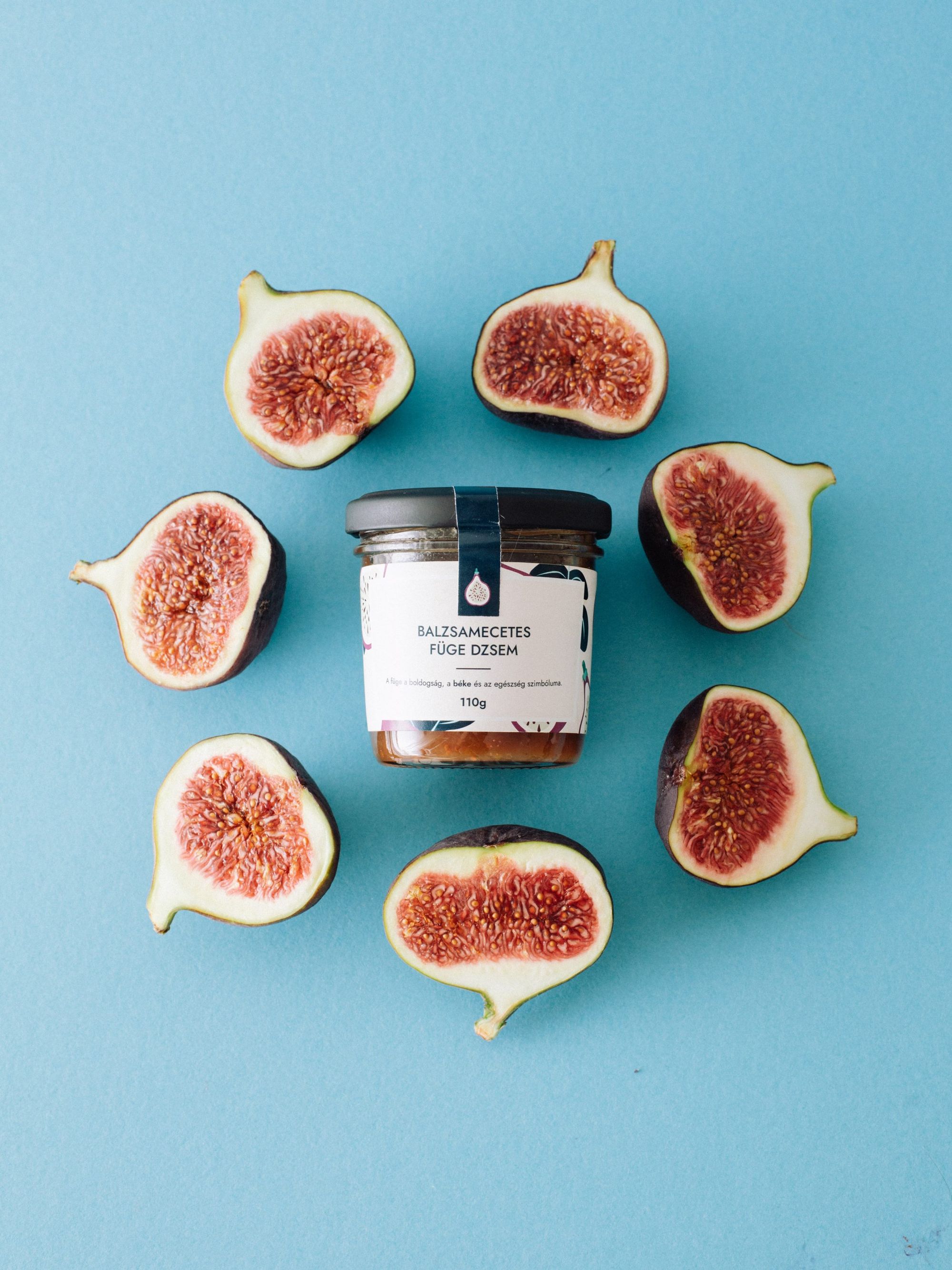
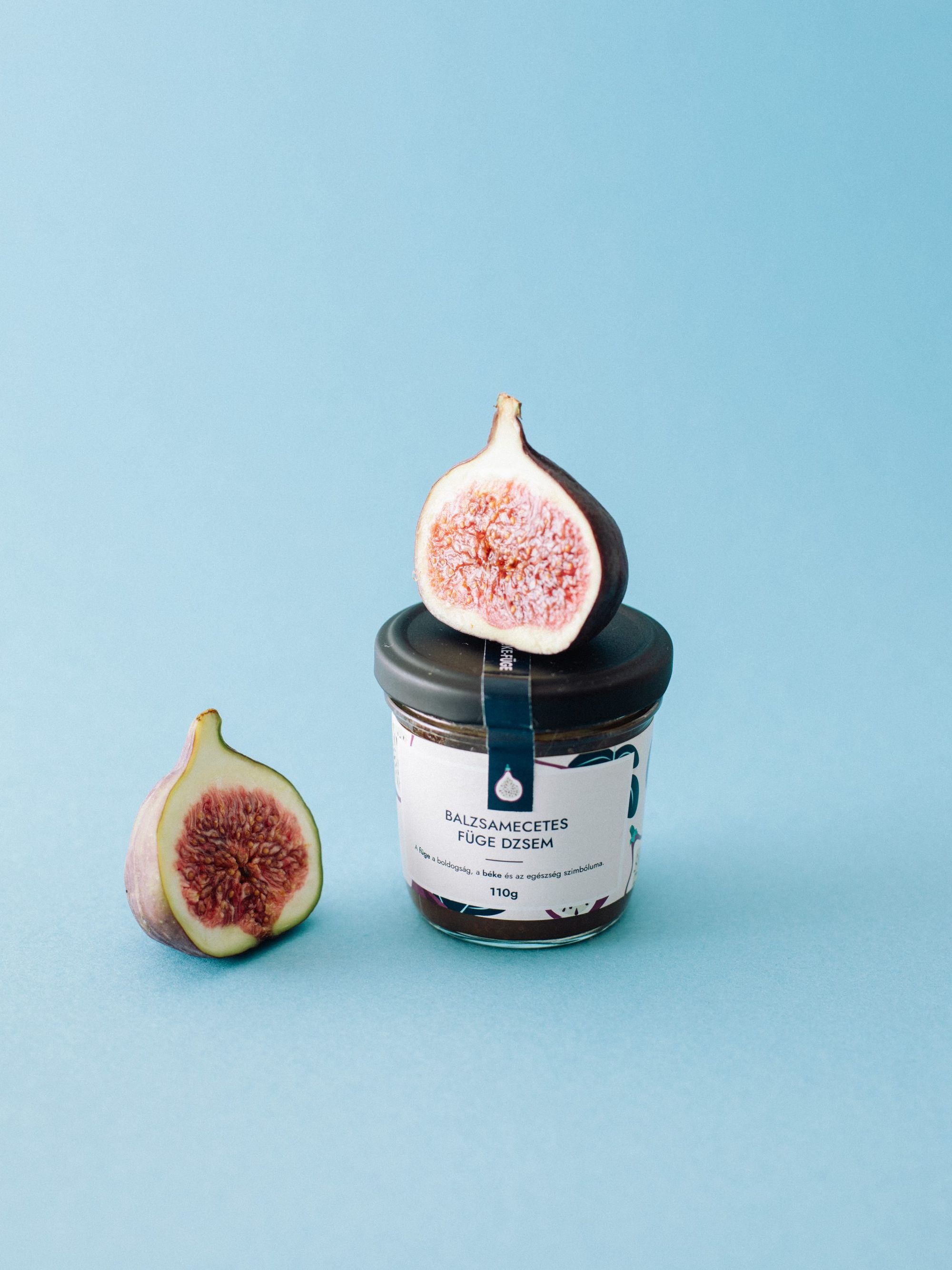
The balsamic fig jam actually evokes this flavor—the balsamic vinegar adds a touch of piquancy to the sauce made from ripe figs cooked over a slow fire, which then removes the acidic flavor and gives a sweet, pleasant cream. It goes well with foie gras or more mature cheeses such as brie or goat’s cheese, served on rye bread, or even as a substitute for cabbage with duck legs in cool weather. It’s made in Hungary under artisanal conditions, so by choosing it you’re supporting local producers.
Where to find it: FALU. (price at the time of the article: HUF 1,690)
Carob molasses with propolis
Sugar, honey, maple syrup, coconut blossom syrup, agave, cane molasses… The range of sweetening ingredients is constantly expanding, with both natural and artificial varieties. Sugar, like sweeteners, is sometimes seen as useful, sometimes devilish—it’s a fact that overconsumption can lead to health issues. The key here is moderation and discovering the natural sweetness of foods. And if you do want to sweeten, a little of one or two specialties is enough, as the distinctive flavor makes up for everything.
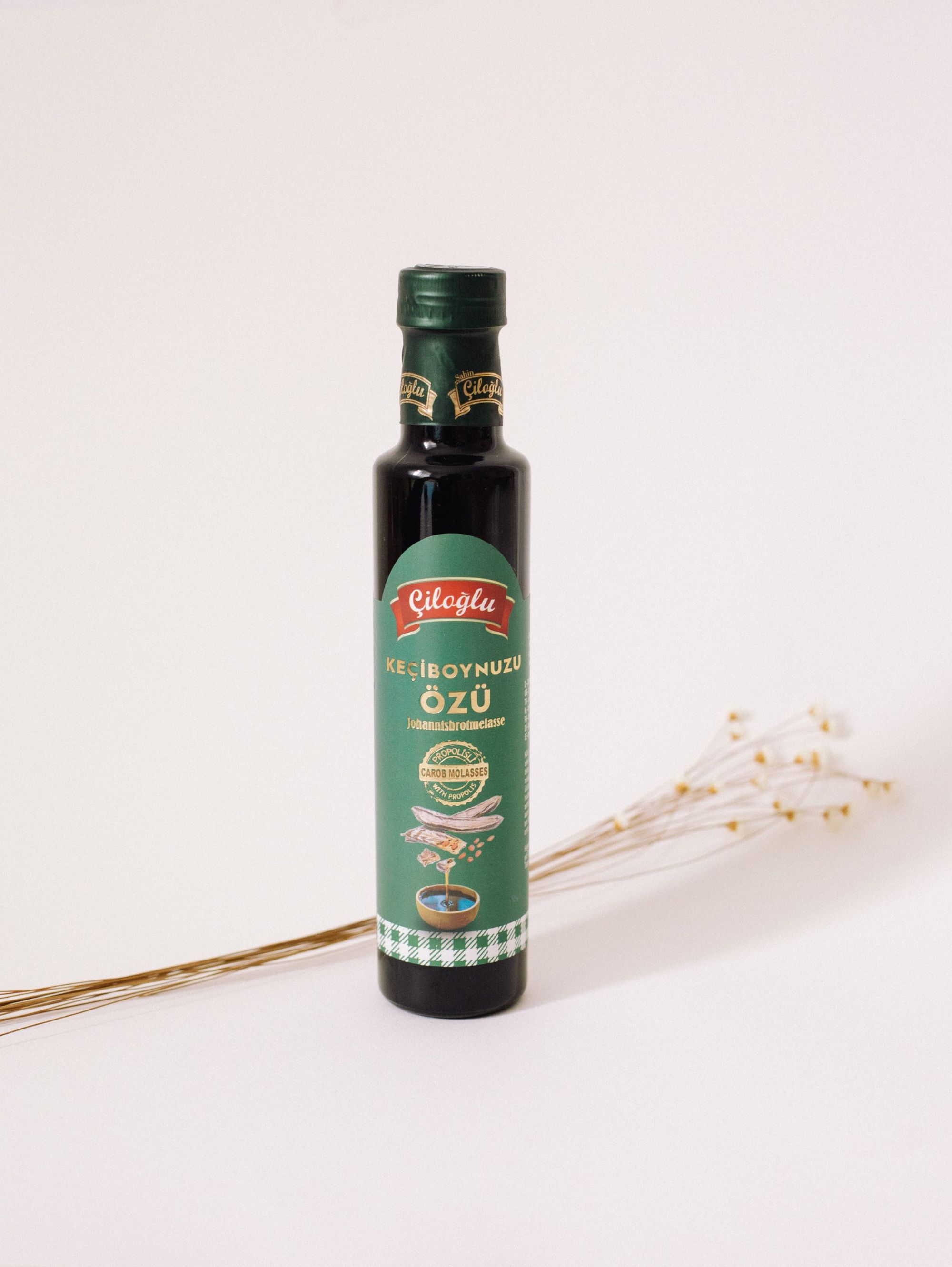
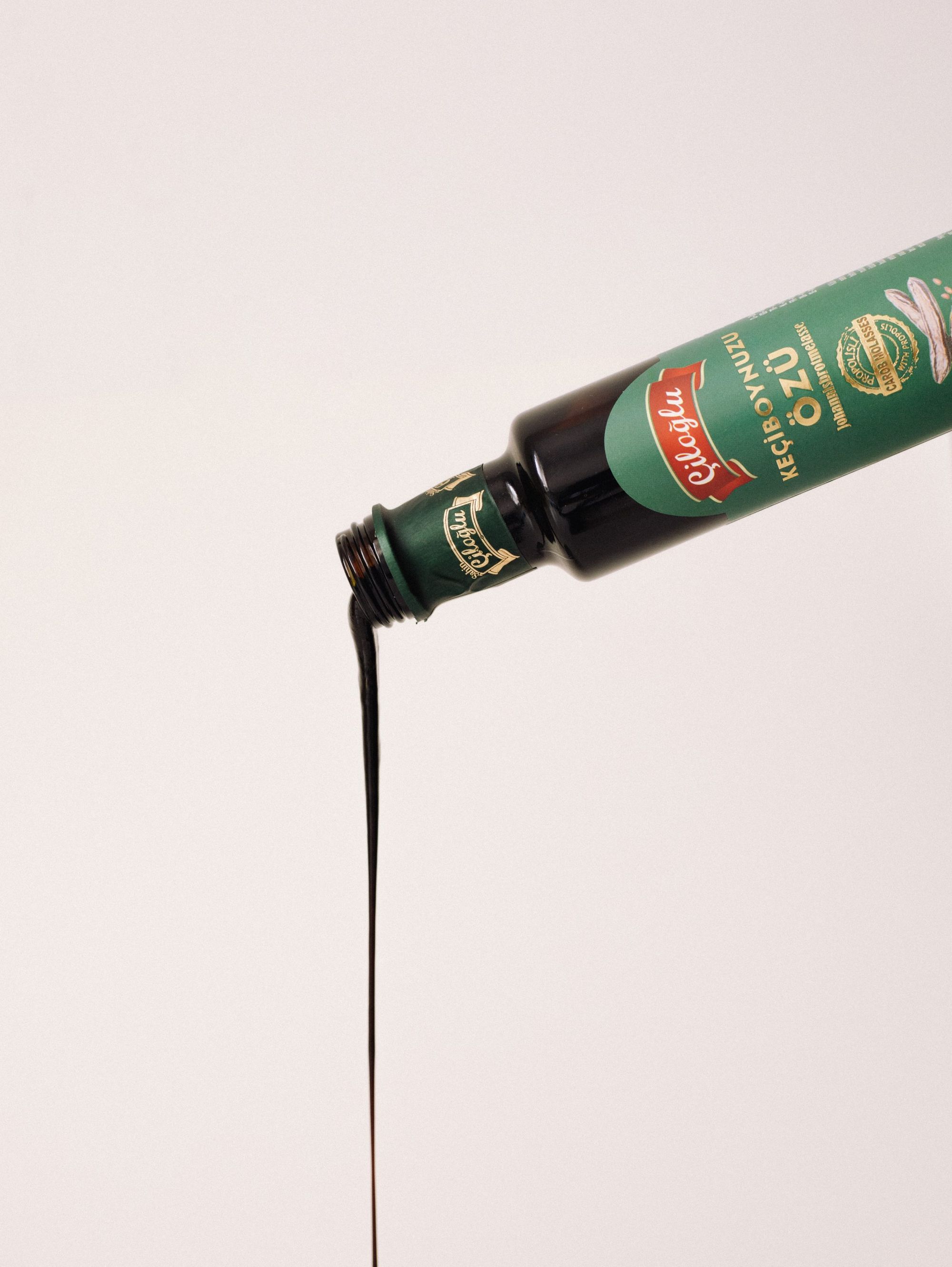
Middle Eastern cuisines are fond of molasses (e.g. dates, pomegranates)—the idea is to boil and stir the base mixed with water until it forms a rich syrup, which is then filtered and sealed from the air. This is also how carob syrup is made, which is the fruit of the carob tree and in biblical times, its juice was used for sweetening or to make fermented spirits. Carob molasses mixed with tahini is used in a wide variety of sweets because, as well as being sweet, it has a high antioxidant content and no caffeine. It has a dark flavor, like cocoa mixed with caramel, so it can be used in virtually any dessert that needs maple syrup or honey, for example. But you can also drizzle it over vanilla ice cream or your coffee for a completely different drinking experience.
Where to find it: Troya Török Élelmiszer (price at the time of the article: HUF 1,650 Ft)
ChocoCard Kutunsama Dark 76% dark chocolate
There’s a difference between dark chocolates, anyone who’s ever tasted a bar of bean-to-bar knows this. We’ve covered the topic several times so far, the point is, there’s no mass production here, chocolate manufacturers know the farmers and are responsible for the whole process. This way, the characteristics of chocolate remain, the taste of terroir, just like in the case of wine, can be discovered—we couldn’t eat a whole bar even if we wanted to, as the flavor is so rich.
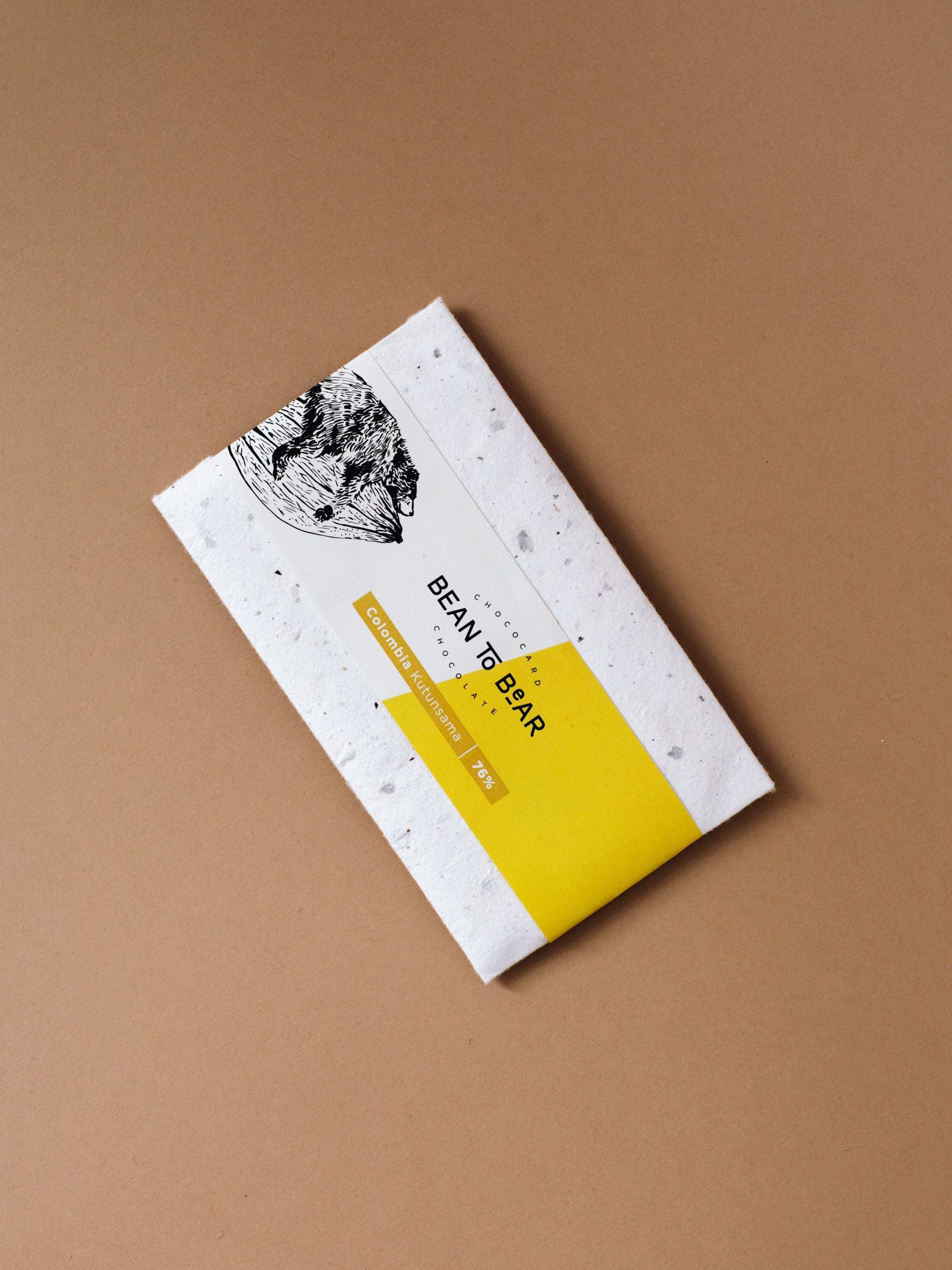
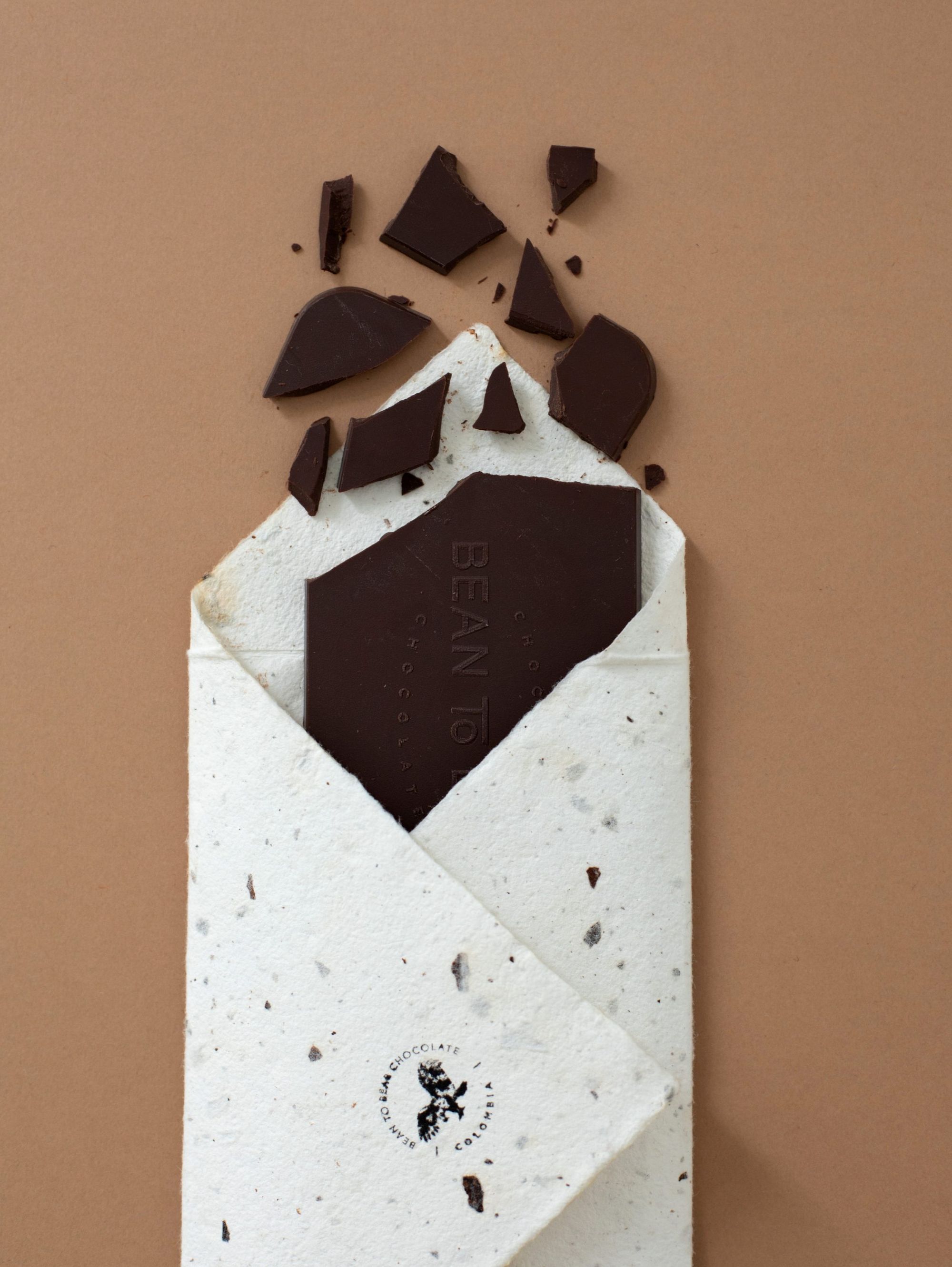
ChocoCard is one of the domestic bean-to-bar brands that does this: the varied chocolates and dragees are made under careful conditions in the Albertkázmérpuszta factory. They only source cocoa beans from farms they have visited themselves, so they know the ingredients down to the last crumb. Their Kutunsama bar is made with 76% dark chocolate and Colombian cocoa beans, and has deep, earthy, umami-rich flavors, slightly reminiscent of soy sauce, but not bitter, sweeter. As chocolate expert Lilla Tóth-Tatai (aka Cocoa Ambassador) says, it’s grown by a revered Colombian tribe, the Arhuacos Indians—for them, the place, Sierra Nevada de Santa Martha, is the center of the earth and cocoa is a gift from the gods. The owners were able to visit them in person, which was a great honor.
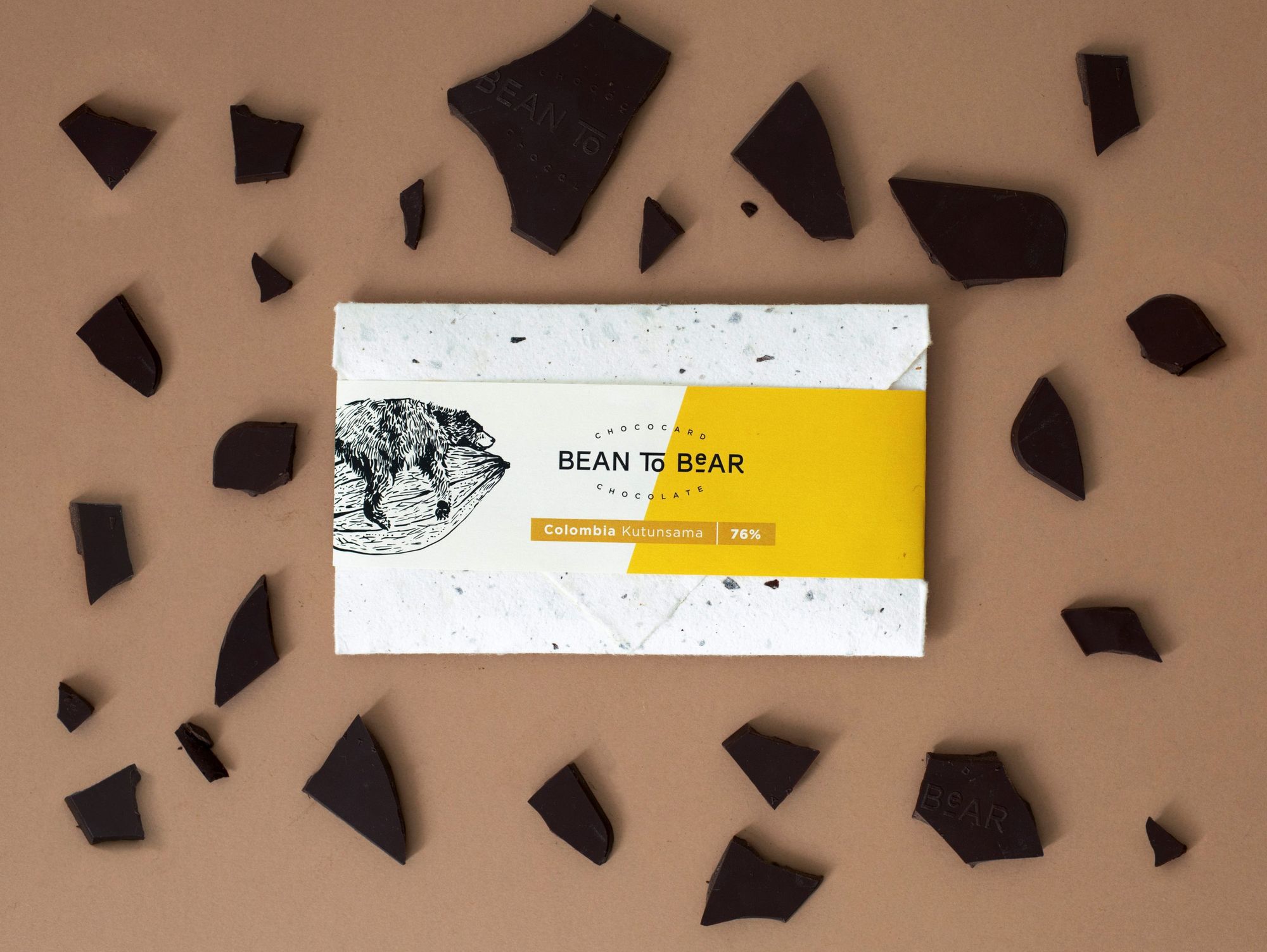
The packaging is also special, as it is handmade, protected by a paper enriched with butter parchment and cocoa bean shells. In fact, it can be used in much the same way as chocolates in general—in a cake, melted into the morning oats, in a smoky meat or mushroom dish, or just on its own, breaking off a cube and letting it melt slowly on the tongue.
Where to find it: Endorfine
Photos: Dániel Gaál









